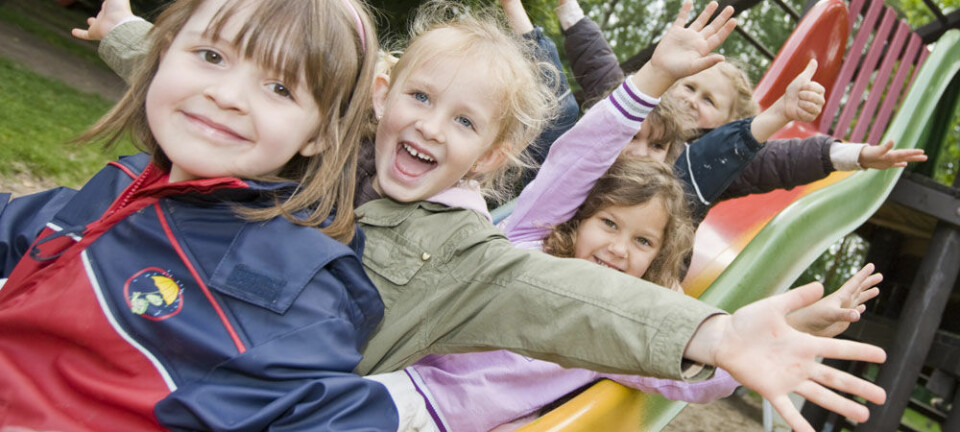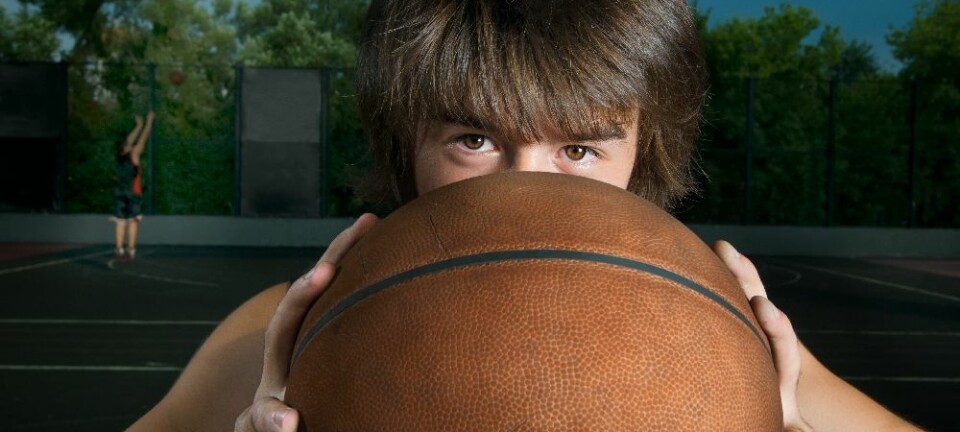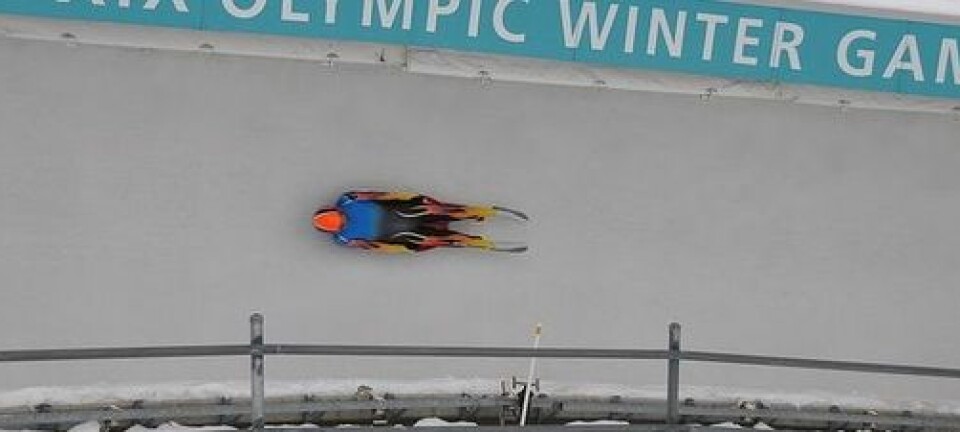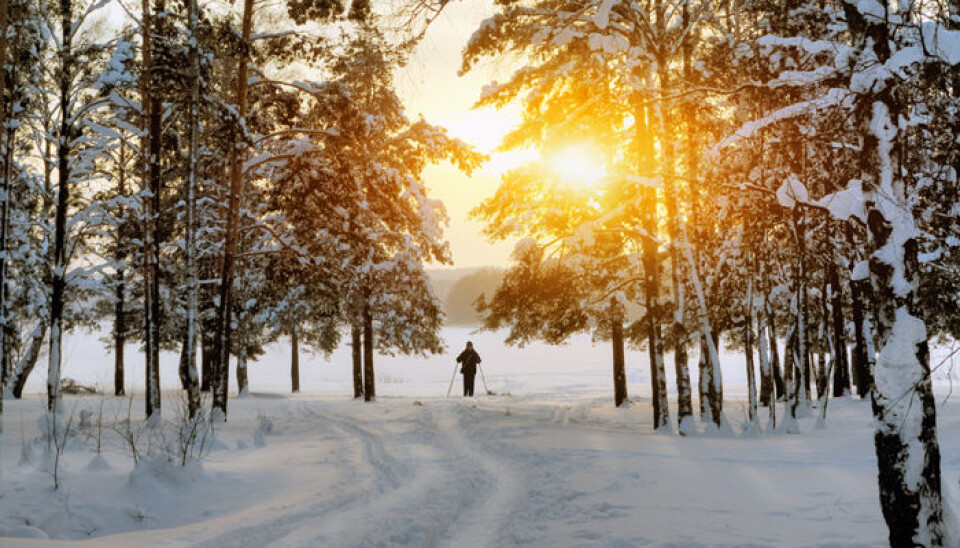
Spending a king’s ransom on outdoor recreation
The old anoraks and worn-out boots are gone. We spend a lot of money on outdoor activities that used to be free because we think special equipment is needed ‒ or makes us look cool.
The days where it cost nothing to enjoy the outdoors seem to be on the decline. Swedish research shows that Swedes annually pay the equivalent of nearly €1,600 - or $2,000 - for activities under the open skies.
With a population of 9.4 million, Swedes spend about €23 billion a year - or $30 billion - to enjoy the outdoors. Most of the money goes to equipment and clothing, according the research programme “Outdoor Recreation and Change”.
One reason for the spike in consumption is that outdoor activities are nowadays split into various niches, according to Peter Fredman of Mid Sweden University.
“We don’t just put on some cross-county skis during our winter vacation; we have ski climbing, alpine skiing and more ambitious touring trips,” he commented in a press release.
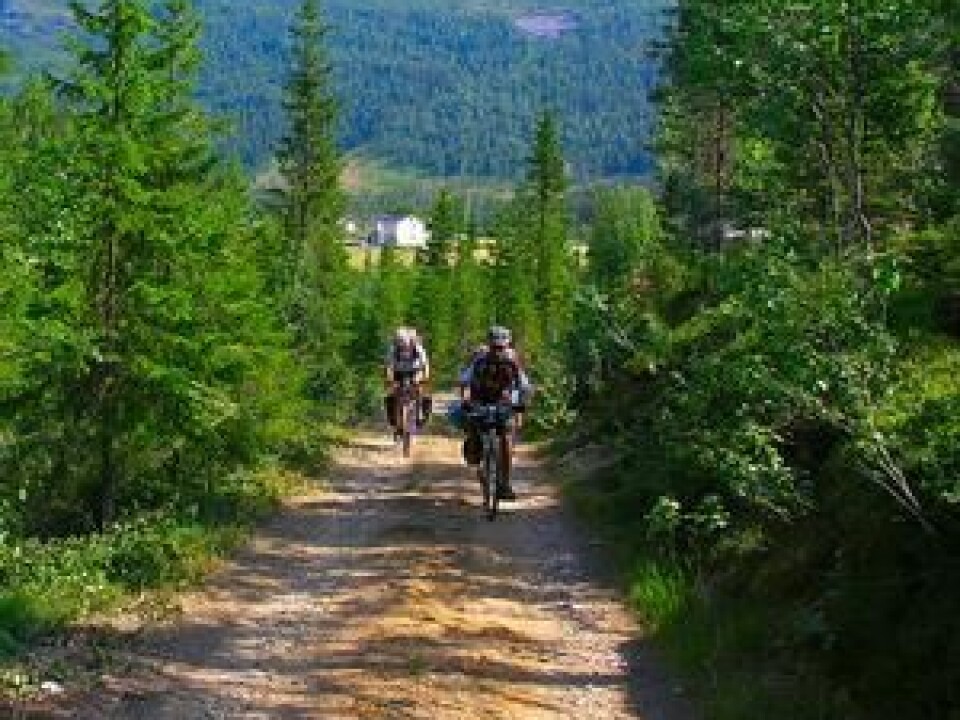
These activities and others, such as snowboarding and telemark skiing, all come with their own equipment and clothing. So it shouldn’t be a shocker that turnover for firms specialising in outdoor recreation has doubled over the past five years.
The same trend can be seen in Norway, according to Professor Gunnar Breivik of the Norwegian School of Sport Sciences.
Unnecessary equipment
“The sports and outdoor recreation industry is thriving in this country, too,” he says.
Breivik offers two reasons why Norwegians spend so much on sports and outdoor activities. One is they are now relatively affluent and can afford it. The other involves increased expectations and the perception that everything has to be top-notch in every way.
“Our children need to be A-1 from day one and cannot differ negatively from the norm. We adults want to ensure quality in everything we do. There’s a demand for everything to be superior – our equipment and our expertise,” he says.
Breivik thinks people buy far too much stuff that they don’t actually need.
“They need equipment for even the simplest things," he says. "Ski trips are shorter nowadays, but the equipment is more advanced.”
Nature novices buy more
Fredman of Mid Sweden University thinks the rise in consumption is also linked to urbanism − or the fact that more of the population is out of touch with nature and does not work outdoors.
“We see that those who were rarely in the great outdoors as children and adolescents spend more on equipment as adults than those who are more used to outdoor activities,” he says.
A greater physical and mental distance from nature makes it easier to be deceived about needing all sorts of clothes and equipment when you finally get out into the wild.
Professor Breivik thinks the assumption that you need special equipment for outdoor recreation seems to have taken root. People turn up with advanced hiking gear in situations where all that is needed are jeans and a parka.
The trend is largely reinforced by advertising and purveyors of fashion.
Showing off
When Norwegians take off for the woods on the outskirts of their cities they get out of their Prada and Gucci garb and don Norwegian knee breeches, Norrøna jackets and Hagløfs shoes.
“The gear is often completely superfluous with regard to the activity, but many seem to get pleasure from wearing advanced equipment and particular brands,” says Breivik.
“It’s a place where they can show off and reinforce their self-image with the help of equipment.”
The downside of the trend is it conveys an impression that nature cannot be enjoyed without the right equipment.
“Obviously as this notion becomes widespread, it puts added pressure on children and adolescents – just like all the rest of the marketing pressure from successful brands,” says Breivik.
------------------------
Read the Norwegian version of this article at forskning.no
Translated by: Glenn Ostling
